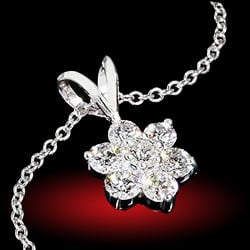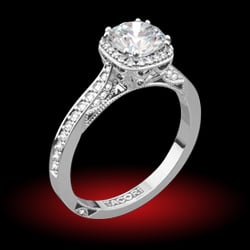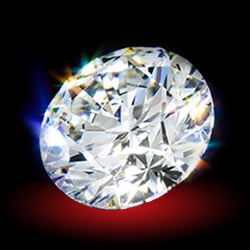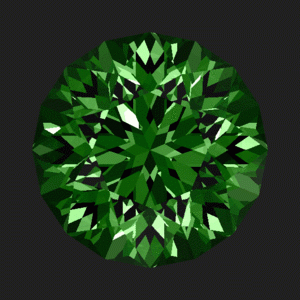I read the thread "New to coloured gemstone buying? Read this first!" and it was the first time I heard about Extinction.
On a website that has a section about the effect of extinction, it says "Some gem cutters expressly cut stones so that facets take turns turning off and on, this effect would be considered being cut for contrast, rather than plain extinction."
https://thegemstoneproject.com/tag/extinction/
When a darker area on a gemstone becomes colorful at a certain angle, would that mean it is not really extinction and instead be a contrast effect from the cut?
On a website that has a section about the effect of extinction, it says "Some gem cutters expressly cut stones so that facets take turns turning off and on, this effect would be considered being cut for contrast, rather than plain extinction."
https://thegemstoneproject.com/tag/extinction/
When a darker area on a gemstone becomes colorful at a certain angle, would that mean it is not really extinction and instead be a contrast effect from the cut?








300x240.png)